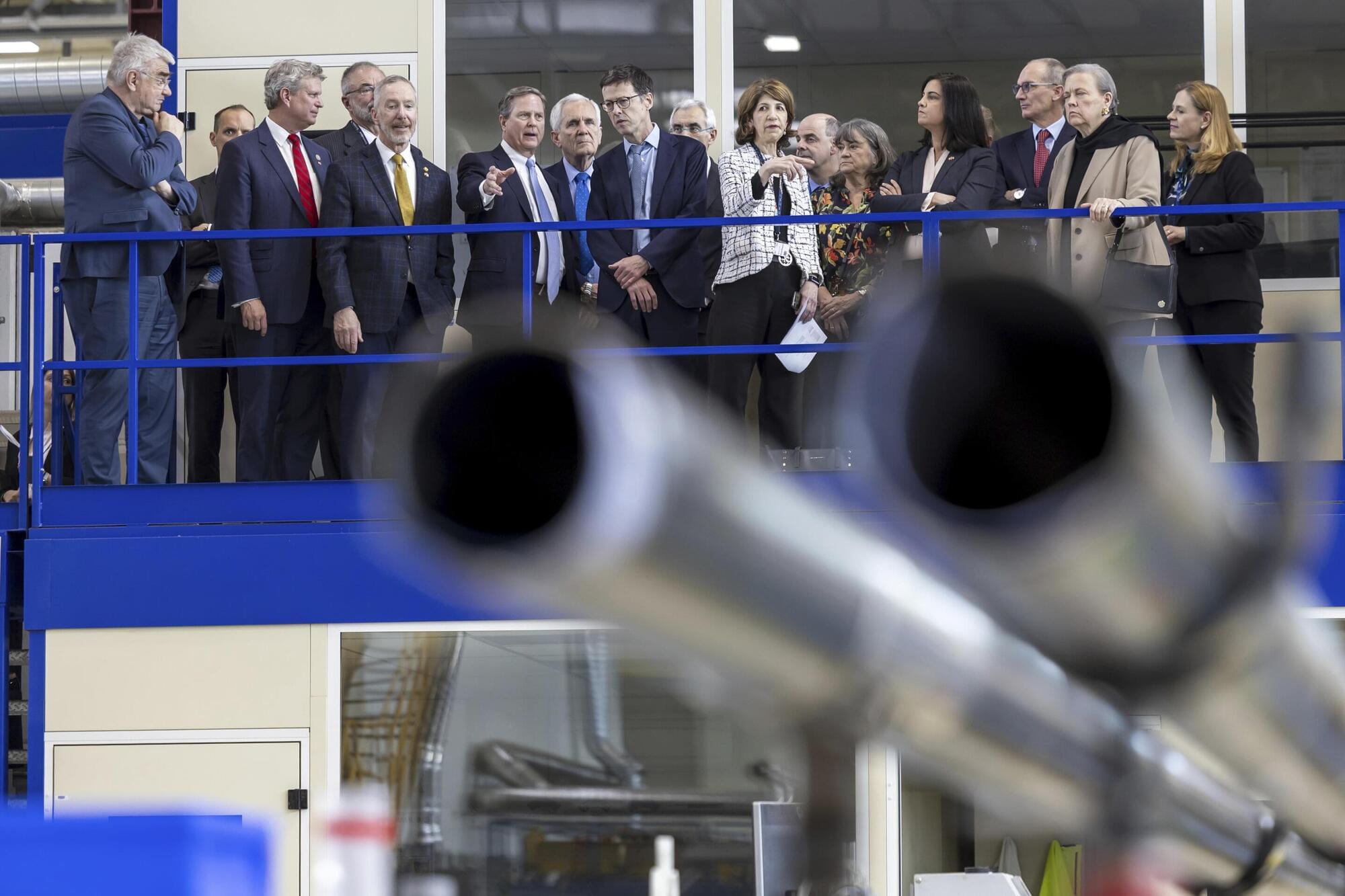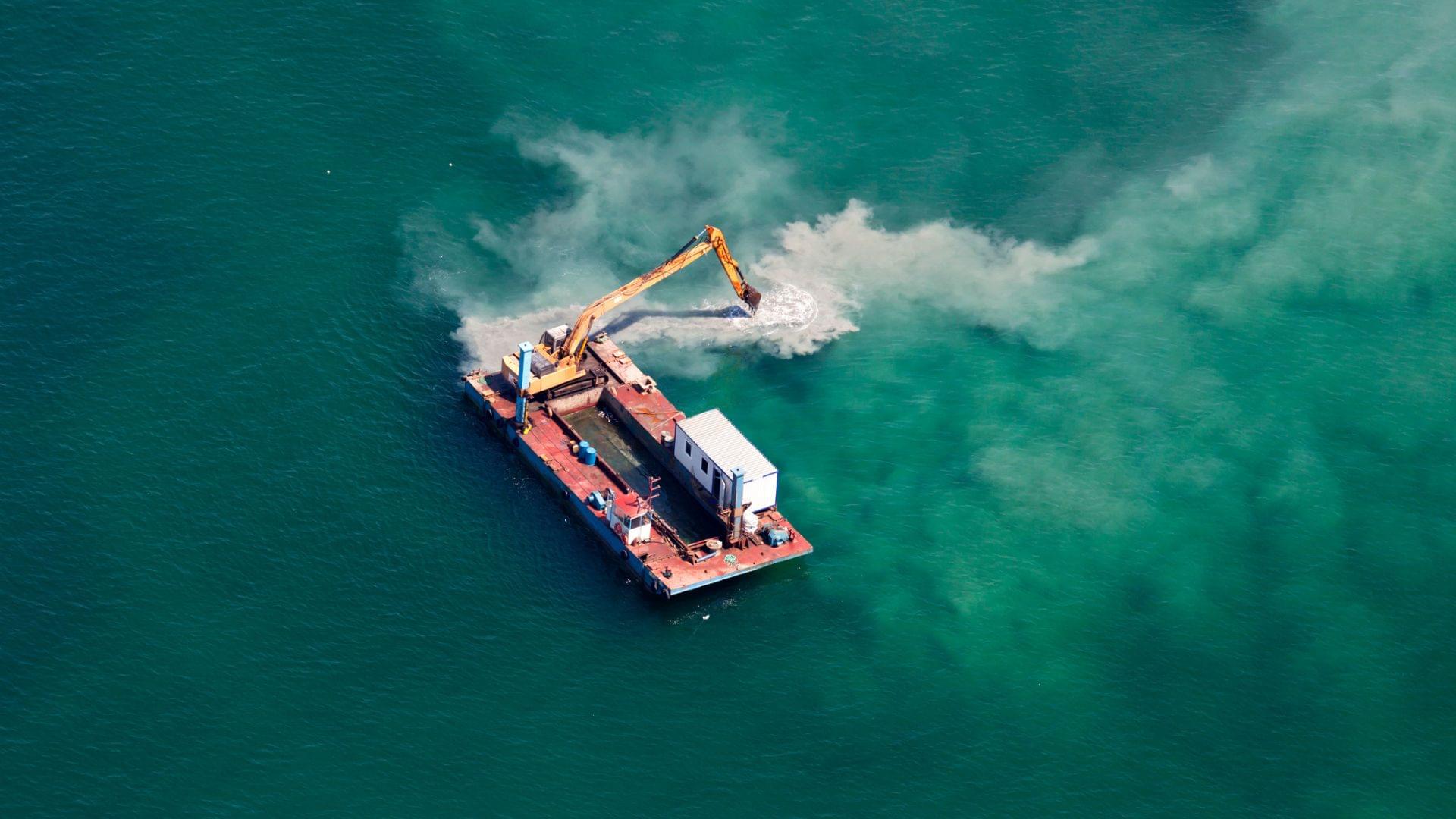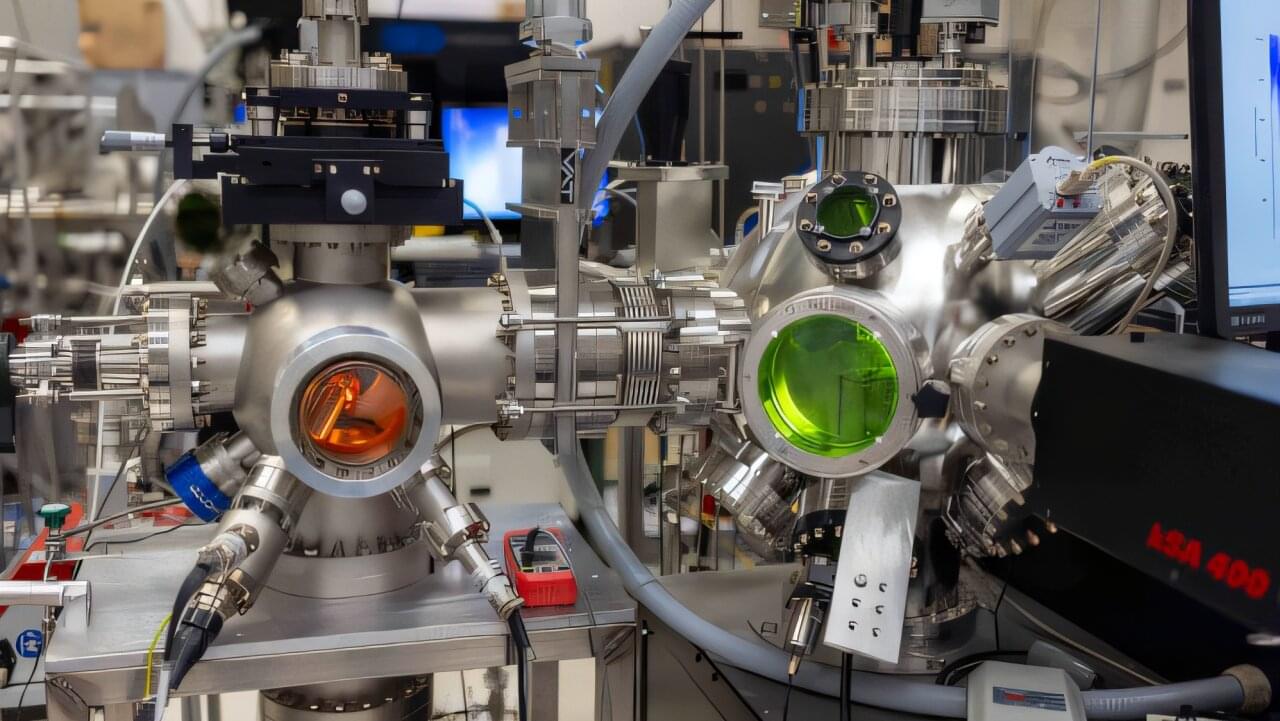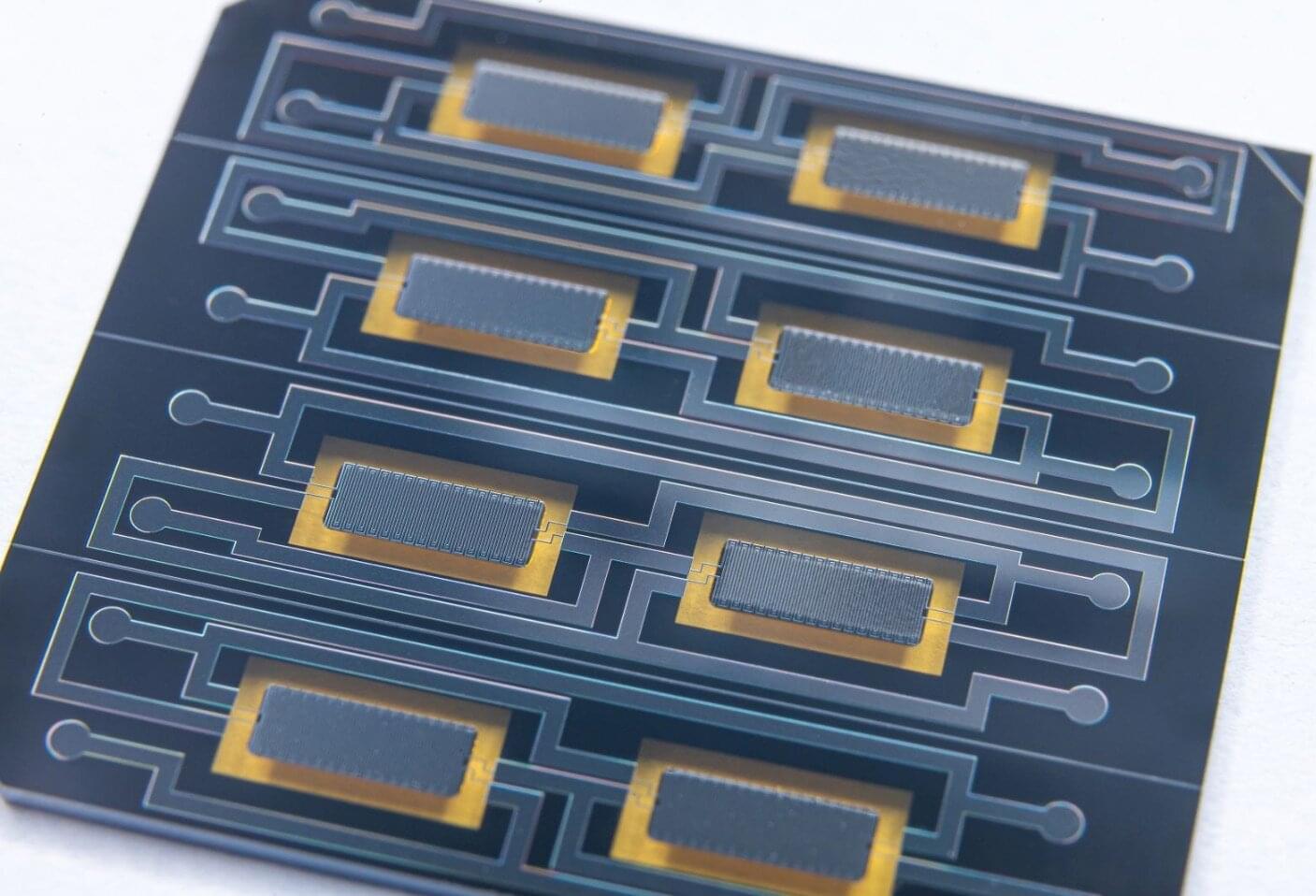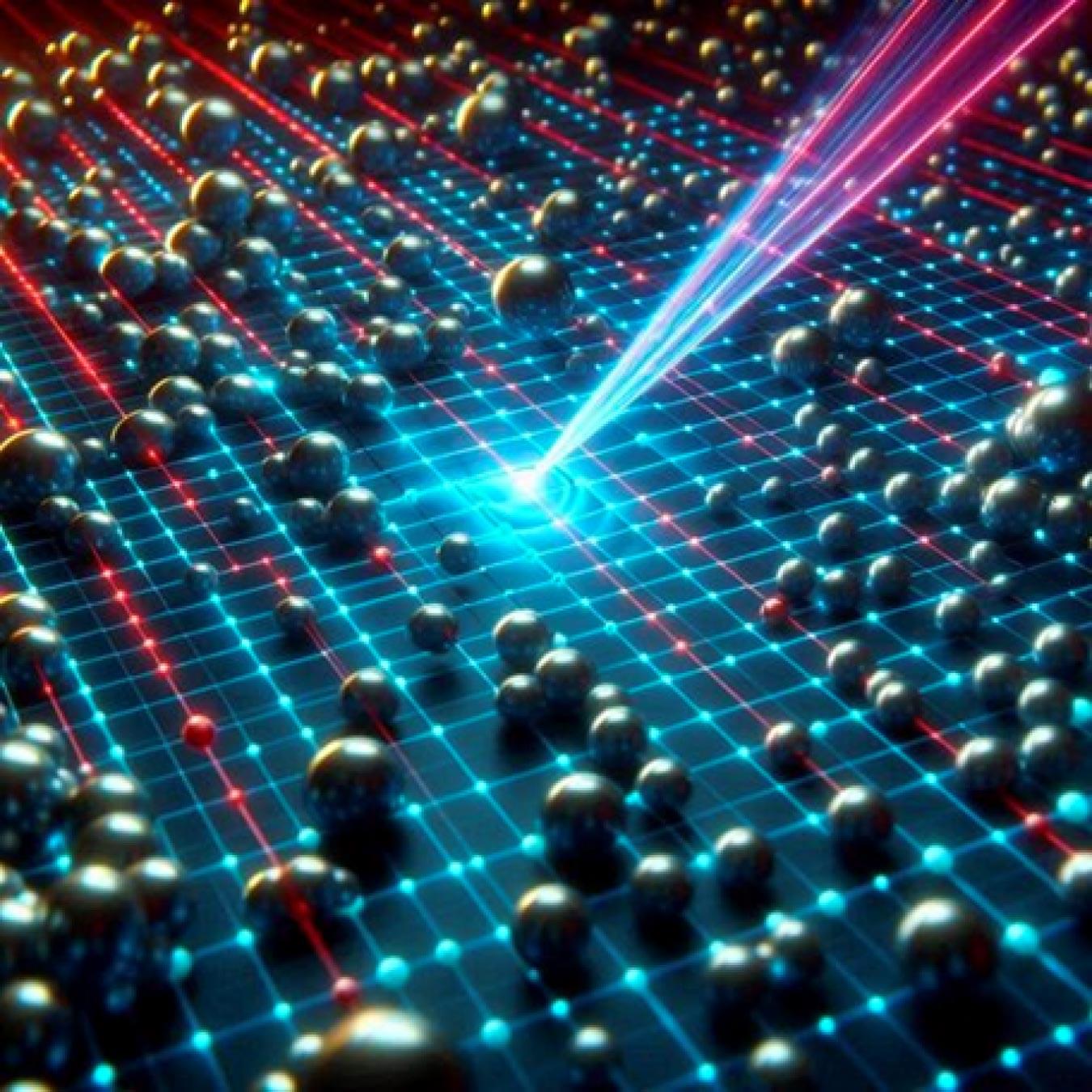Physicists have scaled down the maximum possible mass of an elusive “ghost particle” called a neutrino to at least one-millionth the weight of an electron. The revision takes scientists one more step toward a discovery that could alter or even upend the Standard Model of particle physics.
Our universe is awash with phantom specks of matter. Every second, around 100 billion neutrinos pass through each square centimeter of your body. They’re produced in multiple places: the nuclear fire of stars, in enormous stellar explosions, by radioactive decay and in particle accelerators and nuclear reactors on Earth.
Even though they’re the most common form of matter in the cosmos, neutrinos’ minimal interactions with other matter types makes them notoriously difficult to detect, and they’re the only particles in the Standard Model whose precise mass remains unaccounted for.



